Hospital Queue Management System – 5 Must-Know Benefits
Many organizations such as banks, airlines, telecommunication companies, and police departments routinely use queueing models. These models help them determine capacity levels needed to respond to surges demands in a timely fashion.
Though queueing analysis has been used in hospitals and other healthcare settings, hospital queue management is not a widely adopted concept. In this blog, we highlight the key benefits of hospital queue management software and how it can help optimize queue management.
Key Takeaways:
- A queue management system is based on queuing theory, a mathematical study of waiting for lines
- Hospital queue management software helps reduce patient anxiety and gives them clarity on when their turn will be due
- It not only helps in doctor queues but also for queues for services such as laboratory and radiology
- Hospital queue management software helps in better planning of resources based on information related to surges in demand
- It also frees up the time of staff involved in queue management to do more patient-centric work
Queue Management: An Overview
A queue management system is an automated system designed to manage walk-in services or customer flow. It is an intelligent system, which helps in managing queues. This intelligent analysis is possible, thanks to queuing theory: the mathematical study of waiting for lines or queues.
A queueing model is constructed so that queue lengths and waiting times can be predicted. Queuing theory is a branch of operations research that enables making business decisions about the resources needed to provide a service. Given the complexities involved, the use of technology goes in a long way in solving hospital queue management challenges as opposed to manual methods.
Benefits of Hospital Queue Management System:
1. Improve Patient Experience:
A hospital queue management software allows for real-time queue status information. This helps patients know where they stand in the queue and when their turn will come. This particular feature was very handy during the COVID-19 pandemic when there were restrictions on the assembling crowds.
People could choose to wait in their car and come exactly 5-10 minutes before their slot, thus reducing the time spent inside hospital premises. Even beyond the pandemic, real-time queue status notifications can improve the patient experience and make things manageable for hospital staff.
A hospital queue management software helps staff better manage queues for services such as laboratory and radiology services. You can reduce the waiting time of both OPD and IPD patients and reduce their anxiety.
2. Utilize Front-Office Staff for Patient-Centric Work:
The front office staff usually spends a considerable amount of time explaining to patients where they are in the queue and how long it would take them to meet the doctor.
With hospital queue management software, the front office staff can now more effectively utilize their time to liaise with patients on more critical issues, liaise with doctors, etc.
3. Better Plan Staffing for Services:
In a large hospital, you will generally have peak times for laboratory sample collection. Likewise, at the Radiology department in a hospital, you will have both OPD and IPD patients flocking in. A hospital queue management software also gives analytics for average turnaround time for various services, including laboratory services.
For example, by intelligent analysis of the patient flows, it would be easier to allocate the time slot for the sonography or the bone densitometry machine for IPD patients. Likewise, time slots can be distributed for OPD patients at specific time intervals.
This way, you can better forecast the staffing requirements based on demand during different time slots of the day. With optimal staffing, you can optimize your administration costs.
4. Give Essential Instructions to Patients
A hospital queue management software can potentially share necessary instructions to patients along with the queue-related information for their chosen service.
For example: If a patient is scheduled for an Ultrasound – Abdomen & Pelvis at 11:00 am, they can be given a prior message that their bladder needs to be full for the examination. For this, they need to have 1.5 liters of water from 9:45 am to 10:30 am.
That way, they will not be compelled to gulp down gallons of water. And at the same time, when the patient enters for examination, the radiologist will not have to turn them down saying the picture is unclear due to lack of water consumption.
5. Optimize Operation Theatre Services
For the OT to work like clockwork, planning, and scheduling have to be effective. OTs can be scheduled case-wise, doctor-wise, type (emergency/ elective wise, etc).
With hospital queue management software, certain slots can potentially be blocked for emergency cases. Also, real-time booking of OTs can be made by the surgeon assistants. This way, doctors also feel that they have access to the facility based on a first-come-first-serve basis.
Final Thoughts
Planning and execution in a timely manner enable establishing decorum. It also makes all stakeholders feel that they are being treated fairly and equally, be it the patient or the doctor. A hospital queue management software would enable an organization to significantly enhance the patient experience. It can also help them utilize predictive modeling to enhance efficiency and drive effective utilization of organizational resources with a net impact on their bottom line.
5mins Read
Written By | Pooja George




